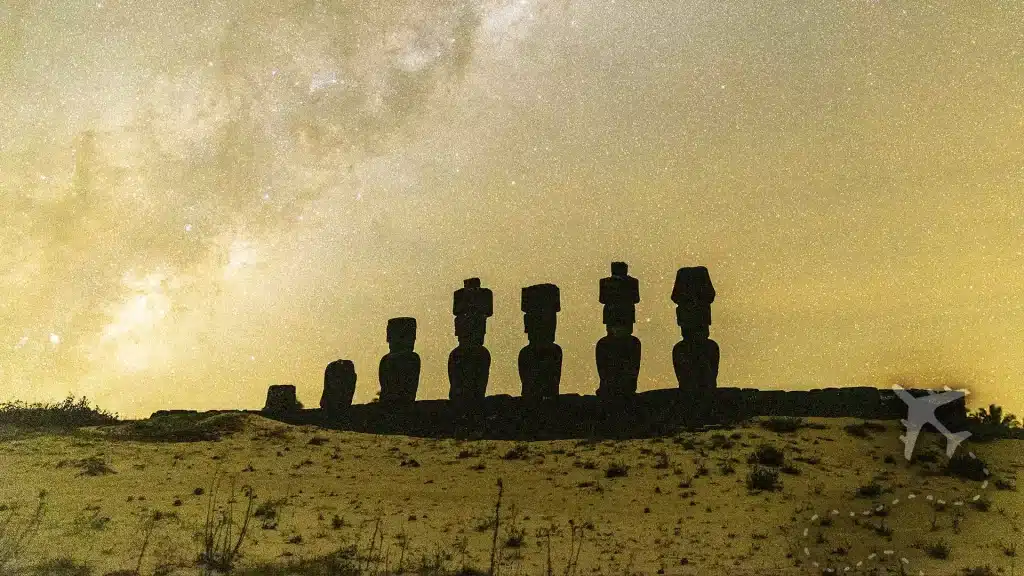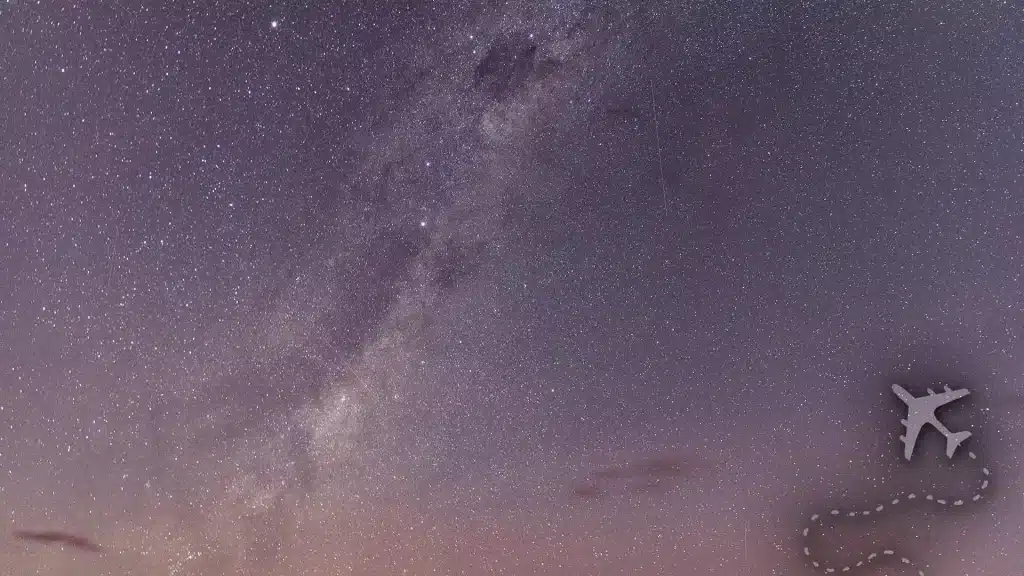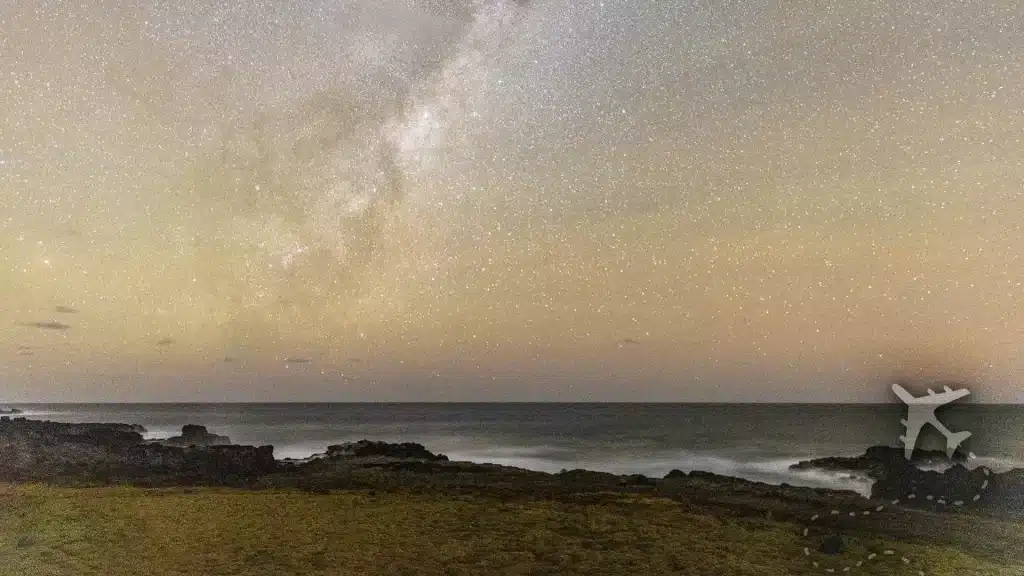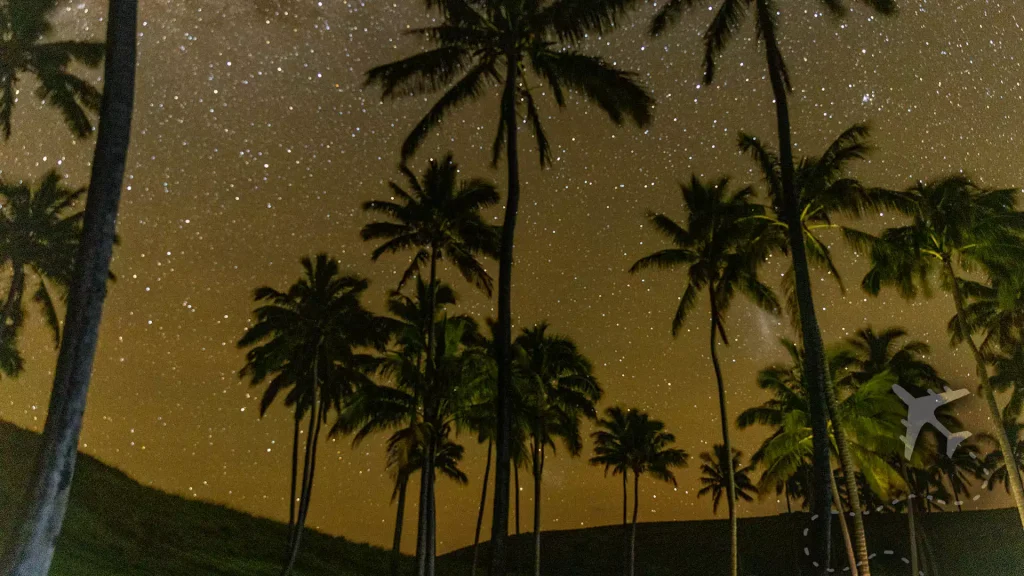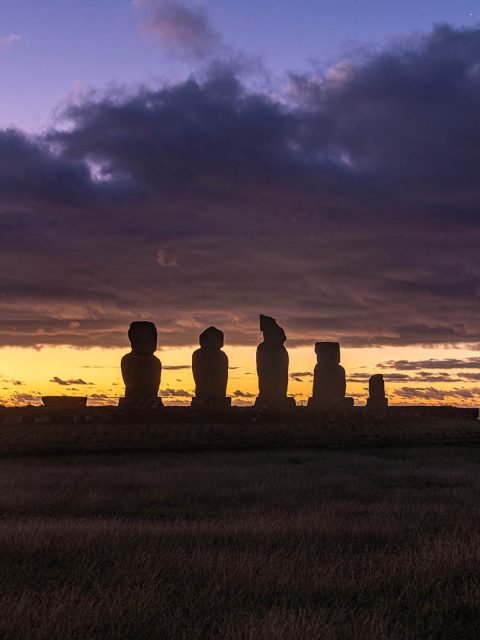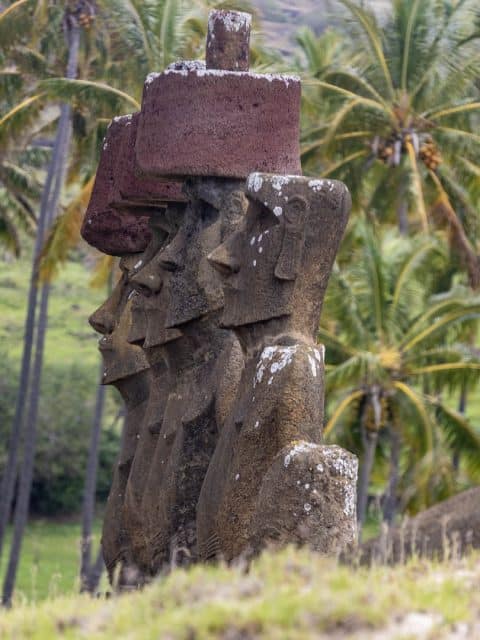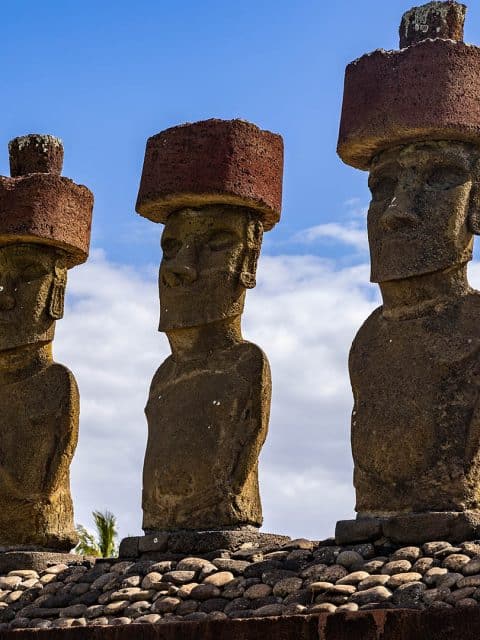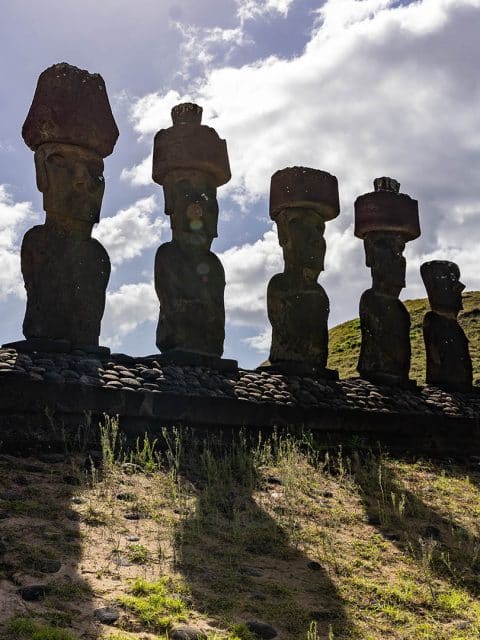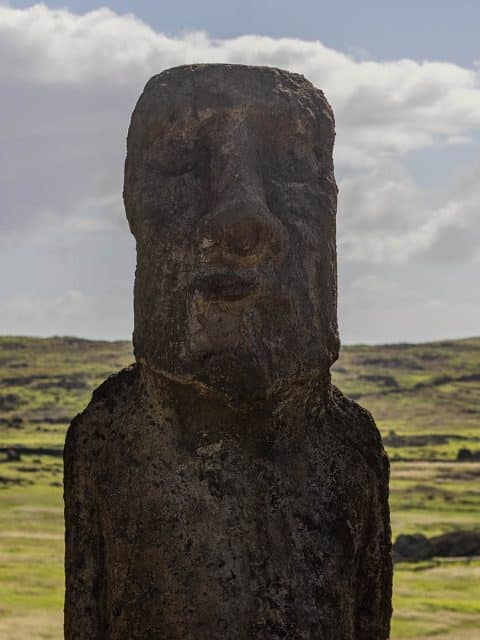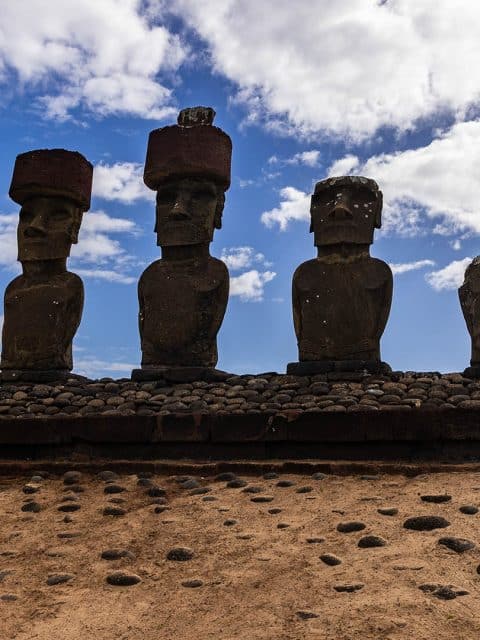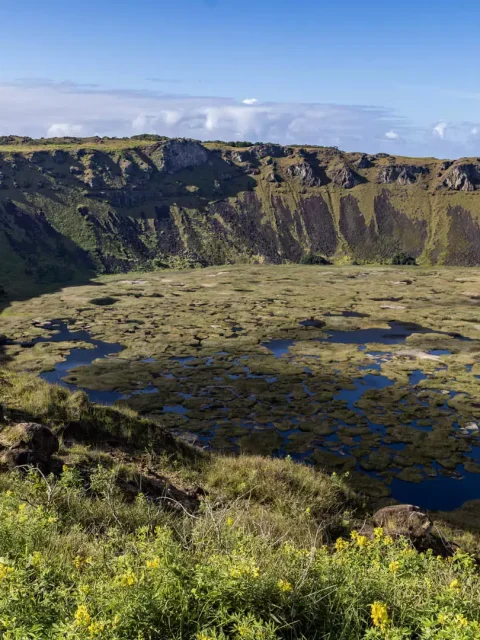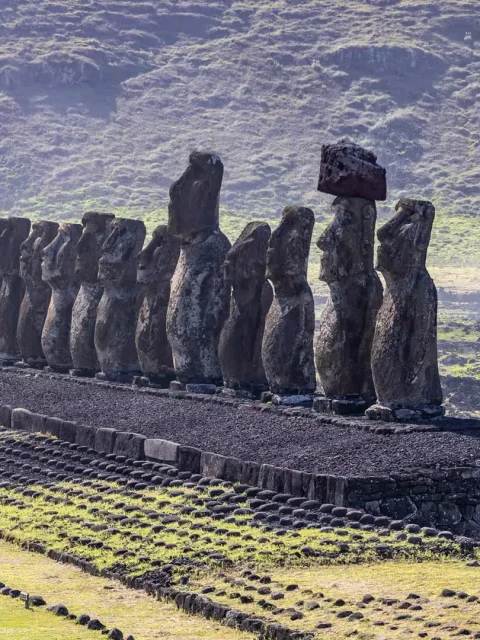When you think of Easter Island, what comes to mind? Those mysterious, monolithic Moai statues, right? The iconic heads dotting the island’s landscape, silently watching over the terrain for centuries. But what if I told you there’s something else just as ancient and awe-inspiring happening on this tiny speck of land in the Pacific Ocean? Something that’ll take your breath away and give you a perspective on the universe you’ve never had before. I’m talking about stargazing on Easter Island, an experience so mind-blowing that it’ll make you rethink everything you thought you knew about the cosmos.
DESTINATION: Stargazing on Easter Island
GPS COORDINATIONS
-27.0763, -109.3230
CLOSEST AIRPORT
CURRENT WEATHER
scattered clouds (24 C / 75 F)
![]()
AIR QUALITY INDEX (AQI)
Moderate (63)
A Brief History of Easter Island: More Than Just Moai
Easter Island, or Rapa Nui, is one of the most remote places on the planet. Located over 2,000 miles off the coast of Chile, this isolated dot in the Pacific Ocean is home to about 900 Moai statues and a history steeped in mystery. The island’s indigenous people, the Rapa Nui, have inhabited this land for centuries, and their culture is a mix of ancient Polynesian traditions and fascinating innovation. The Moai statues, erected between 1400 and 1650 AD, are massive stone representations of their ancestors, believed to hold spiritual power.
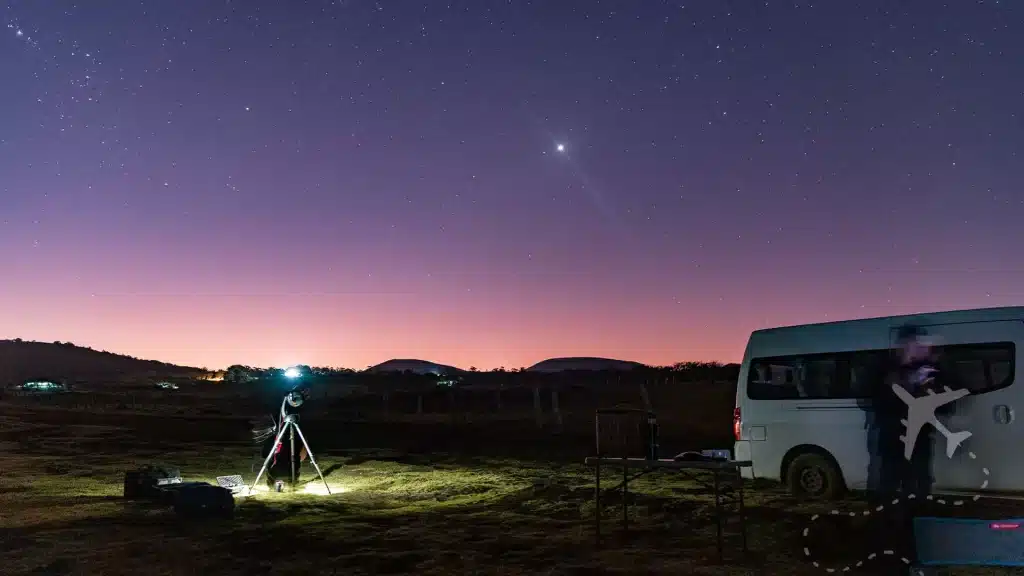
But there’s more to the island’s story than these imposing stone figures. The Rapa Nui people were also keen astronomers and navigators, charting the stars with an accuracy that would’ve made any modern astronomer green with envy. Easter Island’s location made it a perfect spot for celestial observation. Surrounded by the vast, open ocean, the island’s people used the stars to guide them across the sea and track time, seasons, and celestial events. Today, the island is still a hub for stargazers who witness one of Earth’s clearest skies.
Why Stargazing on Easter Island is a Must-Do Experience
- The Sky is an Open Canvas: Let’s get one thing straight: stargazing on Easter Island is insane, and I mean that in the best way possible. Imagine standing in the middle of a vast, open field, surrounded by hundreds of Moai statues, all facing you in silent observation. Above you is the clearest, most unpolluted night sky you’ve ever seen. Without the light pollution that plagues most places on Earth, the stars are vivid and in-your-face. The Milky Way stretches out in all its glory, and constellations you never knew existed seem to leap off the dark canvas above. It’s cosmic beauty like you’ve never experienced. Easter Island sits in the Southern Hemisphere, giving you access to constellations like the Southern Cross, a sight that most Northern Hemisphere dwellers can only dream about. But it’s not just the bright stars that will blow your mind; this is the home of some of the most breathtaking celestial events. You can witness meteor showers, planetary conjunctions, and even the occasional comet. For those with a serious interest in astrology, this is like being in the front row of a cosmic performance.
- The Moai and the Cosmos: An Ancient Connection: One of the most incredible things about stargazing on Easter Island is the link between the Moai statues and the stars. These ancient stone figures are strategically placed across the island, and some historians believe they were aligned with the stars to serve as celestial markers. The Rapa Nui people were deeply connected to the cosmos, and their understanding of the night sky influenced their everyday life. Certain Moai align with specific stars and constellations, which would’ve been used to mark important celestial events, such as the solstices and equinoxes. When the Moai faces the sky at night, it feels like you’re looking through a cosmic lens into the past. It’s surreal, almost spiritual. You can almost imagine the ancient Rapa Nui people staring at the same stars, just as you are, wondering about the mysteries of the universe and their place in it. The Moai aren’t just guardians of the island; they are keepers of the skies, too.
- The Perfect Conditions: No Light Pollution, No Distractions: There’s a reason why stargazing on Easter Island is considered some of the best on Earth. The island is incredibly remote, far from the bright city lights that would typically obscure your view of the stars. The absence of light pollution means you get a raw, uninterrupted view of the night sky. This is the kind of place where you can lie on your back, gaze up, and get lost in the constellations. Easter Island’s dry, subtropical climate also contributes to the ideal conditions for stargazing. Clear skies and minimal rainfall mean you have the best chance of witnessing an unhindered celestial display. The island’s remote location also means little atmospheric disturbance, making the stars appear sharper and clearer than anywhere else.
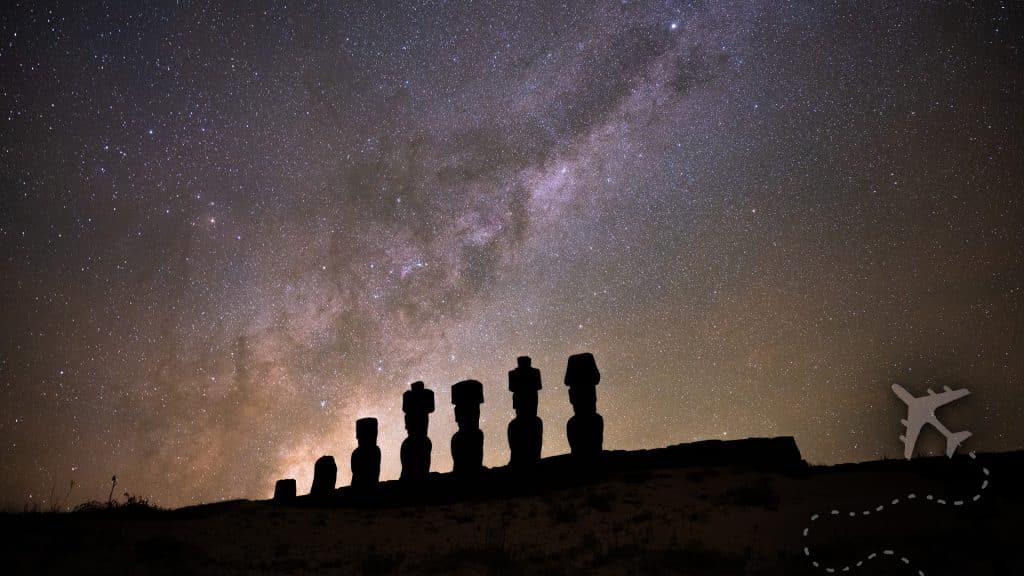
Tips for Making Your Stargazing Experience Unforgettable
Alright, so you’re sold on stargazing on Easter Island. But how do you make sure your experience is unforgettable? Here are some tips to help you get the most out of your cosmic adventure.
- Get Away from the Town: Easter Island may be small, but there are still a few spots where light pollution can creep in. If you’re serious about stargazing, head away from the town of Hanga Roa and into the more remote parts of the island. Plenty of tour companies offer guided stargazing trips, and they know the best spots to catch the clearest views. But if you’re an independent traveler, venture to places like Ahu Tongariki or even the Rano Raraku quarry for a breathtaking stargazing experience surrounded by the Moai.
- Bring the Right Gear: While you don’t need a telescope to enjoy the stars, it’s worth bringing a good pair of binoculars to get a closer look at distant constellations or planets. If you’re really into photography, Easter Island’s clear skies offer a rare opportunity to capture the Milky Way and constellations in all their glory. Just be sure to pack a tripod and use long exposure settings for the best shots. You’ll want to remember the contrast between the Moai statues and the stars forever.
- Be Mindful of the Weather: Easter Island has a subtropical climate, but its weather can be unpredictable. Before you go stargazing, check the forecast and be prepared for sudden shifts in weather. The best stargazing conditions usually happen in the dry season (from October to April), but clear nights can pop up any time.
- Don’t Forget to Look Up During the Day: Easter Island has a lot to offer, even during daylight. Make sure to explore the island’s many archaeological sites that make for epic backdrops when you’re stargazing later. From the iconic Moai to the dramatic cliffs, this is a place where nature and history collide.
Final Thoughts: A Cosmic Experience Like No Other
Stargazing on Easter Island is more than just an activity; it’s a spiritual journey that connects you to the past and the universe. Surrounded by the silent Moai, under a sky so clear it feels like you could touch the stars, you’ll experience a sense of awe that’s hard to put into words. It’s the kind of stargazing that makes you feel small in the best way possible and reminds you just how vast and mysterious the universe is.
So, if you’re looking for a truly unforgettable experience, go to Easter Island. The Moai and the stars are waiting to show you a cosmic adventure you won’t find anywhere else.




